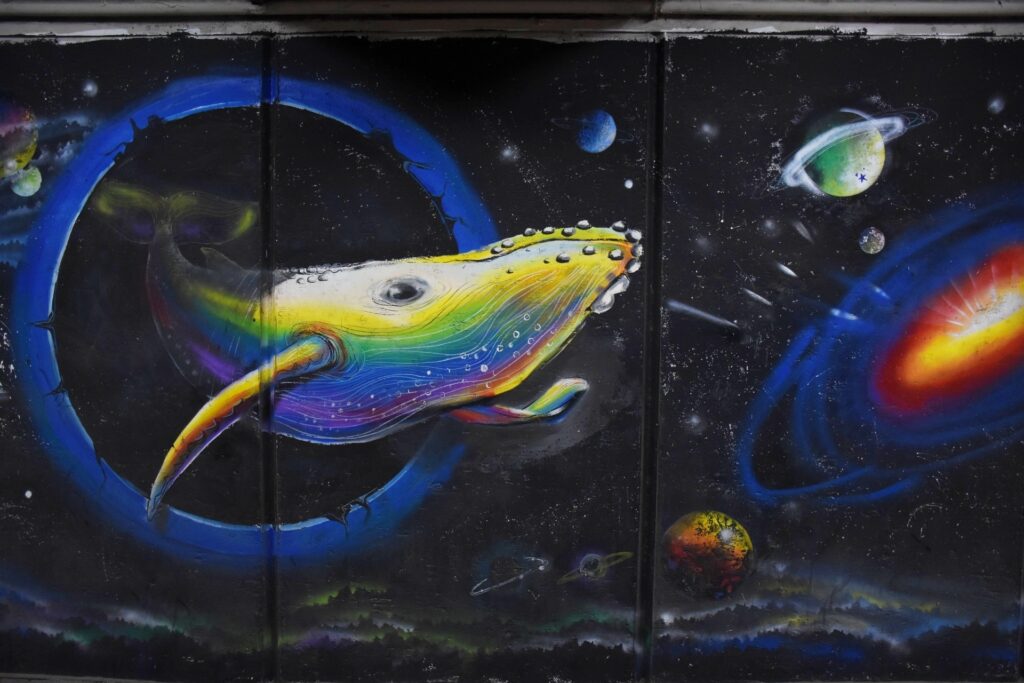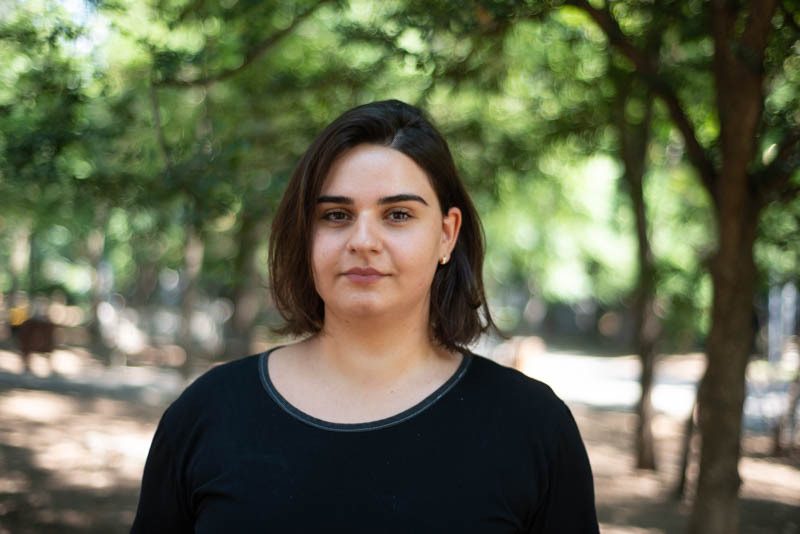Not so long ago Georgians would not hide their outrage at the ‘blemish’ of street art on the buildings and alleys of their capital. Now street art is widely accepted as one of the city’s cultural treasures — even as its legality remains murky.
Despite the fact that street art in Georgia is a new phenomenon — scarcely 20 years old, it has already become an indelible part of the country’s identity, especially in the capital city of Tbilisi.
Initially met with consternation among Tbilisi residents, street artists now report that in recent years their work is now greeted with growing fascination rather than anger.
'Street art has always been a way of self-expression and a "voice" for young people. It is a way of transmitting information, and what kind of information is to be spread entirely depends on the author', Sandro Kvantiliani, founder of the Niko street festival, an annual celebration of street art in Georgia, told OC Media.
Kvantaliani said that Georgian street art in its modern form began to develop in the early years of the new millennium when low-cost paints, especially aerosols, became more widely available.
At first, people perceived the colourful pictures, looping letters, and overlapping tags of graffiti artists as vandalism and defacement of private property — but as the art form developed this started to shift. Now Georgian street artists rival those of any other major city, and their creations, once derisively called ‘scribbles’ are feted the world over.
Even local authorities have taken notice, though they haven’t figured out how to slot the almost implicitly extra-legal and messy art form into the strict limits of legislation.
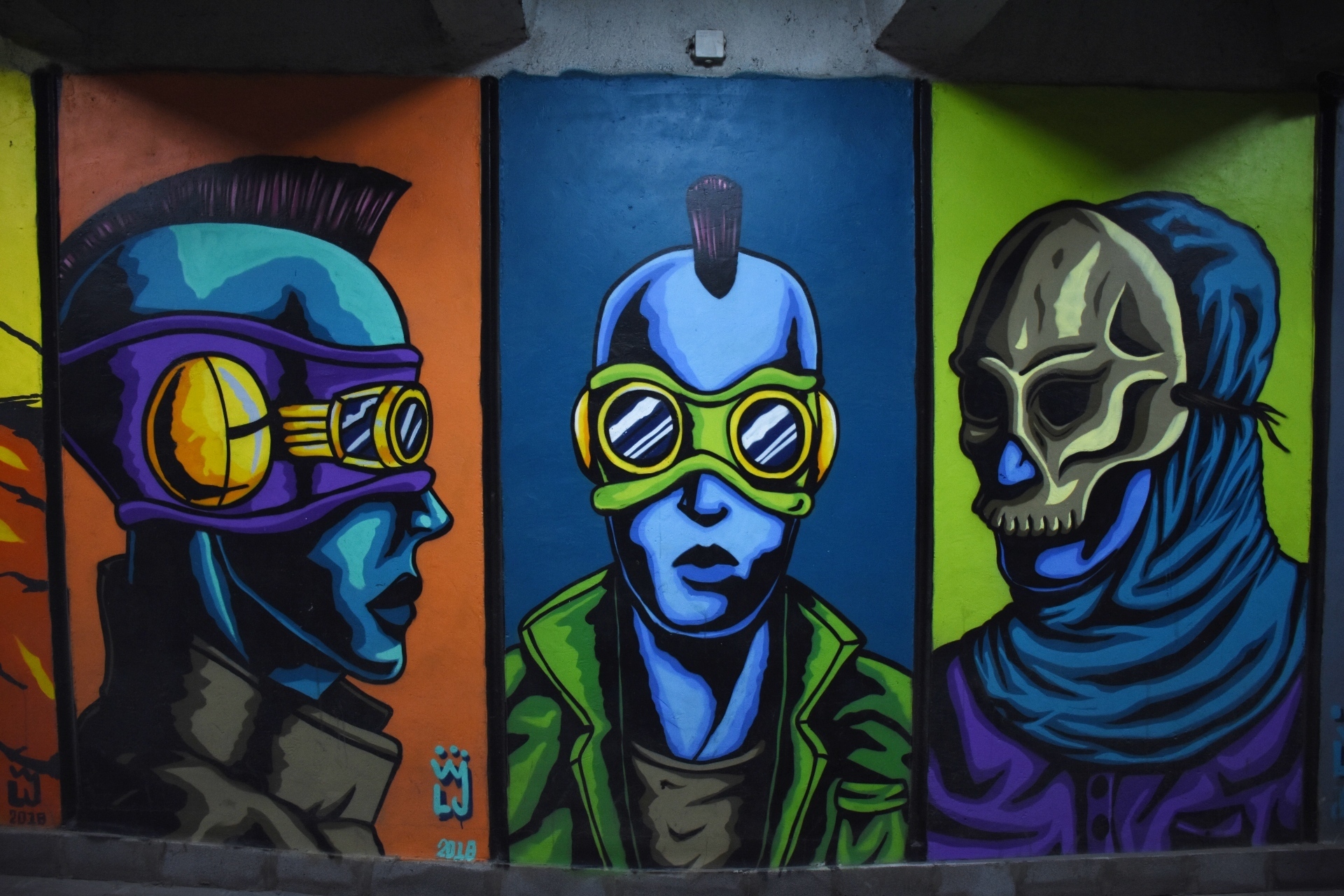
Both legal and not
Freedom of creativity and cultural heritage is enshrined in the Georgian Constitution, which does not allow interference in the creative process, imposition of restrictions, and censorship of art, which technically also includes street art.
Despite this, street artists still face a whole host of legal challenges. The walls that serve as their canvases, after all, are either privately-owned or belong to the city.
The issue of the legality of street art became particularly acute in 2018 when the authorities doubled the fine for painting or otherwise marking the walls of administrative buildings and adjacent areas in Tbilisi. Currently, the amount ranges between ₾500-₾1000 ($150-$300).
According to Gagosha, one of the pioneers of Georgian street art — such fines are just the price of doing business.
'I often had to deal with the police and pay fines’, he told OC Media. ‘Right now, I have to pay ₾1000 ($300) because I got caught when I was doing a piece related to COVID-19.’
But, not all art is equal in the eyes of the law.
According to Gagosha, the more controversial the subject, the likelier it is that the artist will be fined. ‘If you draw flowers, no one will come and fine you for it', he said.

In 2018, Tbilisi Mayor Kakha Kaladze said that higher fines would not 'infringe on the rights of street artists', as the law only concerns those who 'deliberately ruin the image of the city'.
'There will be a lot of places for street art and artists will have the opportunity to demonstrate their talent', Kaladze said at the time, adding that he is interested in street art and has been 'lobbying for it'.
Indeed, on more than one occasion Tbilisi City Hall has sponsored street art, including two festivals during which nearly three dozen artists painted several underpasses — but they could not simply paint whatever they wanted.
'Three themes were off-limits, that is, politics, religion, and pornography’, Sudha, a street artist living in Tbilisi who participated in one of the festivals told OC Media. He also recalled one piece that city authorities asked an artist to change because ‘they felt the piece was about politics’.
For artists from outside Georgia, these limited restrictions are still a breath of fresh air. Ksyu Brice, a street artist from Russia, told OC Media that even during Georgia’s 7-month long COVID-19 curfew, it was easier to operate in Georgia than in Russia.
‘In Russia, as soon as a drawing or some installation pops up on the streets, it gets immediately removed, and [the artists] often face fines’, she said. ‘The attitude of passers-by also left much to be desired.’
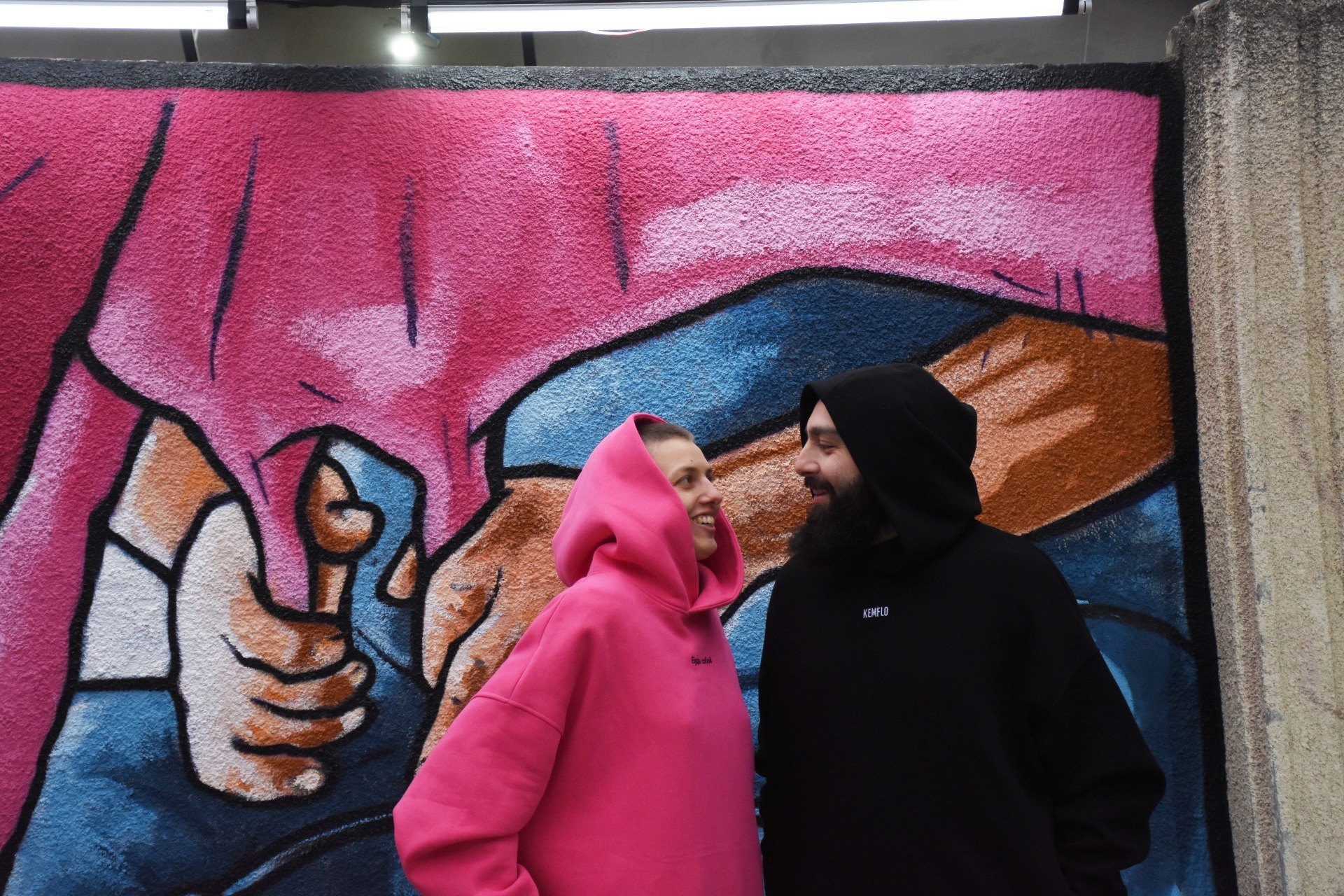
Here, then gone
While the art of Van Gogh or Da Vinci might last centuries, if not millennia, street artists have no choice but to come to terms with the reality that their art might not even last a day.
'At first, it was frustrating when you would spend a whole day painting and then in a few minutes everything gets destroyed, repainted, or something else appears on top of it’, Gagosha mused. ‘But you get used to it.'
Most of his own works, he said, including some of his favourites no longer exist.
But it is not for history that most street artists create, but for themselves — and the reasons each has, is as varied and different as the art itself.
'Every artist has his motif’, Sudha told OC Media. ‘Some go against the system and protest in this way, while some are just in love and express their feelings, and others still just want to paint for fun, without any subtext'.
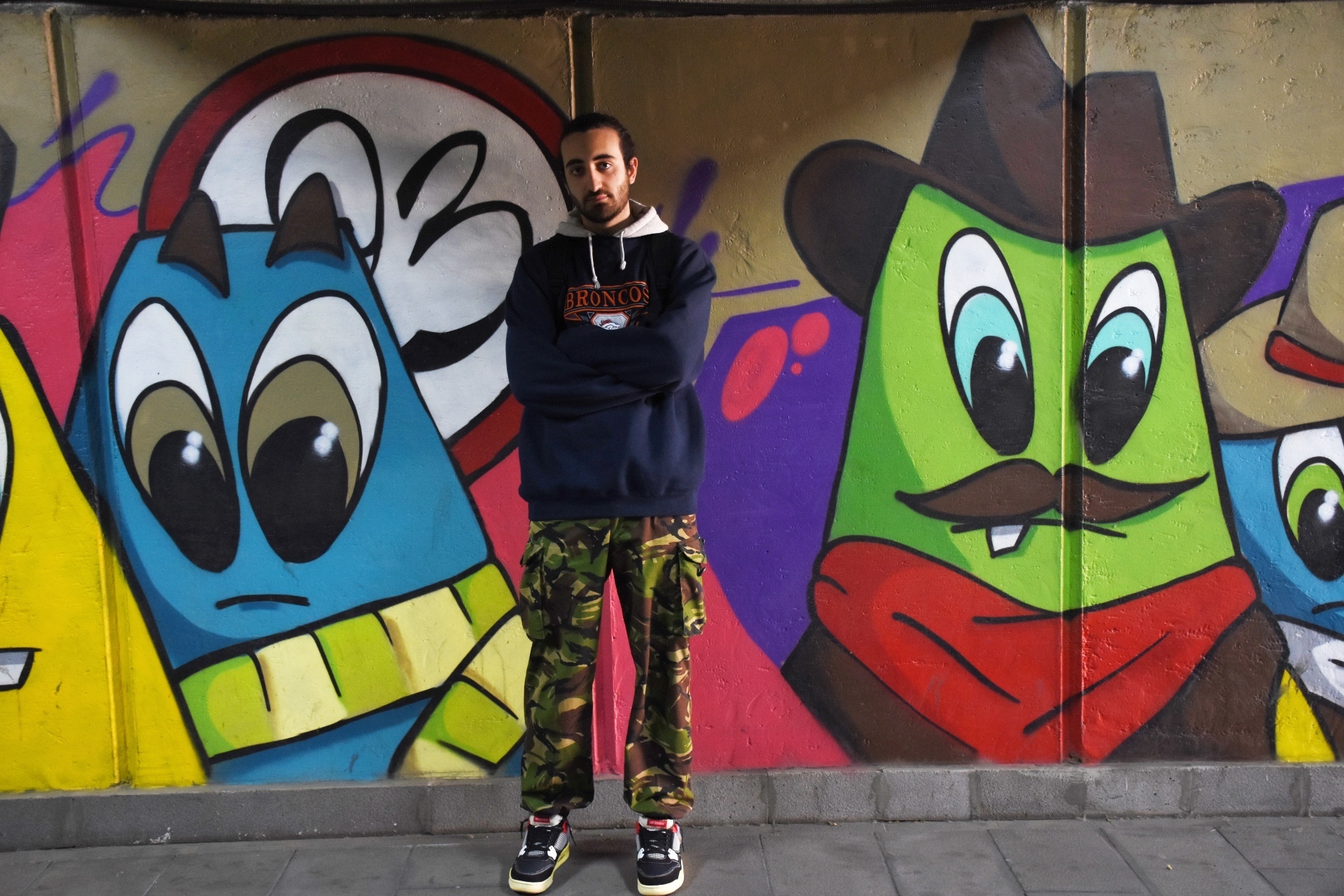




 27 October 2021
27 October 2021
